2021 marks the 7th iteration of Amazon’s Prime Day sale, originally begun in 2015 to celebrate the company’s 20th year of operation. The sale has come a long way since then, growing from one to two days, from less than $1 billion to over $11 billion, and from something held only by Amazon to a sale season rivaling Black Friday across many retailers, both small and large. According to Adobe Analytics, total eCommerce retail traffic in the U.S. grew 6.1% versus the Prime Day event last year. Prime Day in 2021
Prime Day 2021 fell earlier than the sale in years past: 2020’s sale happened in October in an attempt to offset the potential drag on sales from abnormal shopper behavior during the height of the pandemic, and sales in 2019 and prior were held in July. Additionally, prior to 2019, the sale happened on only one day, but starting in 2019 the sale has happened over 48 hours.
With less than a year between Prime Day events, how did Prime Day perform?
Adobe Analytics estimates that Amazon brought in at least $11 billion in retail sales (roughly $5.6B on Monday and $5.4B on Tuesday). Worldwide, Prime members purchased more than 250 million items.
Amazon Prime Shopper Demographics
- Numerator cites that the typical Prime Day shopper is a high-income suburban female between ages 35 and 44.
- 98% of Prime Day shoppers were Prime members
- Average order spend was $47.14, down from $54.64 in 2020 and $58.91 in 2019.
- Average household spend was just over $90, with 11% of households spending over $200.
*all statistics from Numerator, via Morning News Beat 2021-06-23
What Did Prime Day Look Like for Smaller Businesses?
This year’s sale was the highest 2-day sales period for Amazon 3P sellers, according to Amazon’s press release. Additionally, in the 2-week sales period ahead of Prime Day, Amazon customers spent $1.9B on small business sellers with Amazon’s Spend $10/Get $10 promotion. This represents a sales increase of +100% YOY (vs. two weeks prior to Prime Day October 2020). However, many smaller businesses struggled to engage with the sale opportunity this year due to ongoing supply chain constraints.
During the actual sales days, it appears that 3P marketplace sales grew more than Amazon’s sales (source). Overall, Amazon seems to be playing up the success of sellers on their 3P marketplace instead of their own success, emphasizing that they are helping small- and medium-sized businesses.
What Products Won?
The most popular item purchased during this year’s sale was Amazon’s Fire TV Stick with Alexa Voice Remote
Best-selling products in the U.S:
- Waterpik Electric Water Flosser
- Orgain Organic Plant-Based Protein Powder
- 23andMe Health DNA Test
- iRobot Roomba 692 Robot Vacuum
- Instant Pot Duo Plus 6 Quart 9-in-1 Pressure Cooker
- Best-selling products worldwide:
- iRobot Roomba 692 Robot vacuum
- Keurig K-Slim Coffee Maker
- Apple Cider Vinegar Gummy Vitamins by Goli Nutrition
- Crest 3D White Professional Effects Whitestrips
Best-selling categories worldwide:
- Tools
- Beauty
- Nutrition
- Babycare
- Electronics
- Apparel
- Household products
Additional trends emerging from U.S. shoppers during Prime Day were spent on groceries and back-to-school. As an indication of Amazon’s push to be a competitor in the Grocery space, 19% of Amazon Prime Day shoppers bought groceries as part of their Prime Day orders. Prime members also started shopping for back to school early, purchasing:
- >600,000 backpacks
- 1M laptops
- 1M sets of headphones
- 240,000 notebooks
- 220,000 Crayola products
- 40,000 calculators
Amazon’s Competition
Amazon had significant competition for this year’s sale days. Walmart ran a Deals for Days sale from June 20-23. Target’s Deal Days sale began June 20 and ran through June 22. Best Buy wins for the longest competing sale, running their Bigger Deal Savings Event from June 15-22. Many smaller retailers, including D2C sites, ran their own sales on corresponding dates. According to Numerator, 54% of shoppers only considered Amazon for their purchase. Twenty-five percent of shoppers considered Walmart/Walmart.com, 20% considered Target/Target.com, and 16% considered Club retailers, Best Buy/Best Buy.com, Grocery retailers, or other stores.
However, Amazon kept a leg up over its competition by leveraging its in-home technologies like Alexa to prompt customers with reminders and new deals on items they might be interested in.
Future of Prime Day
The effect of Amazon’s Prime Day event on the eCommerce retail landscape brings to mind the maxim, “Rising tides lift all ships.” Amazon’s anniversary shopping event seems to be transforming into a multi-day, multi-retailer online sales event rivalling Black Friday that extends far beyond Amazon or its Prime members. But as other companies have begun eating into Amazon’s profits from Prime Day, we can hardly imagine Amazon sitting still for long. It causes us to wonder, what will Amazon do next?


